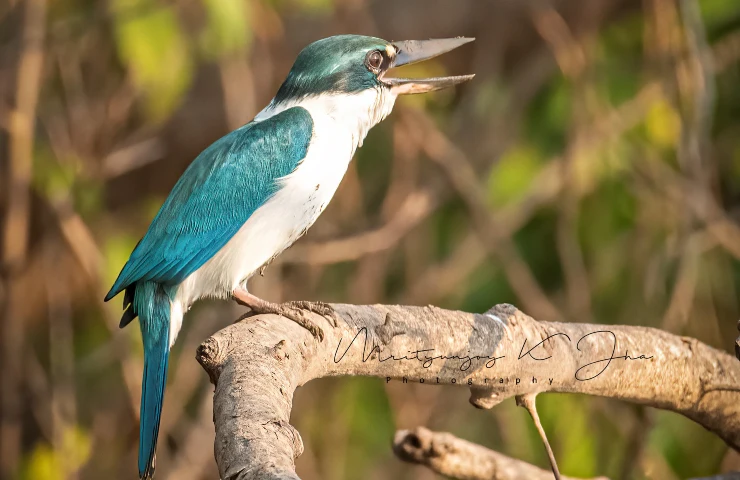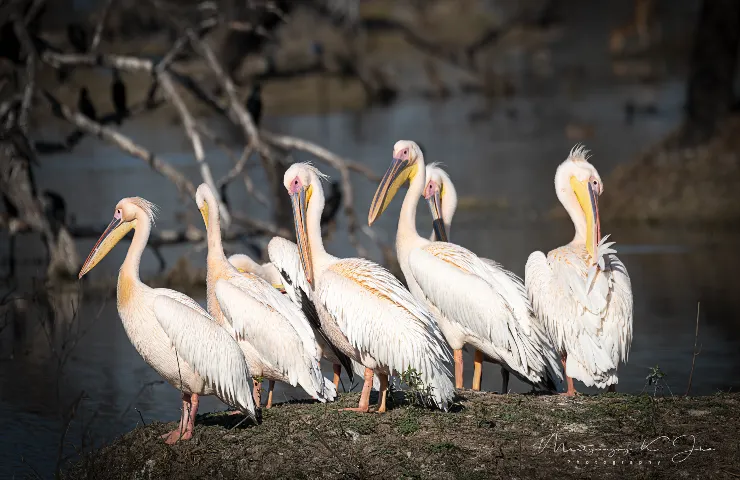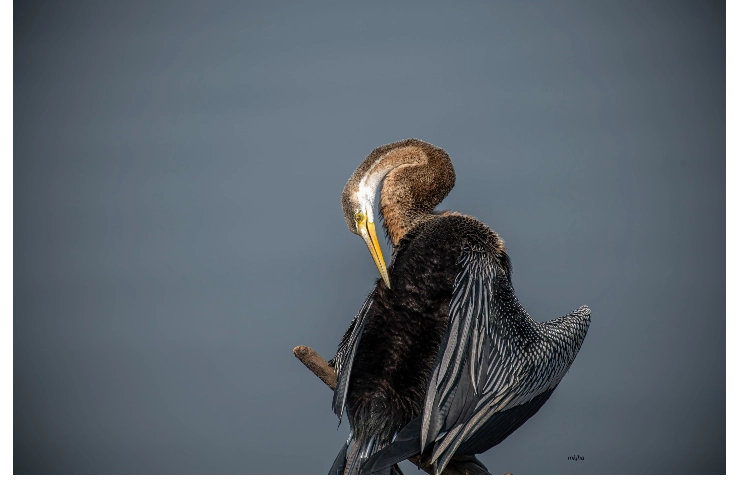It’s always a thrill to see a completely unfamiliar bird when exploring a new area. But there is also a comfort in recognising something relatable when exploring a new area. A great example of both the unique and the familiar are the kingfishers.
“This is called Collared Kingfisher. See, there is a white collar around the neck; hence the name,” Vishal Chowdhary, a veteran wildlife photographer informed me pointing towards the tree branch where a pair of Collared kingfishers were perching in the morning sunlight.
Crouched in a boat, sailing along the mangrove lined banks of Zuari river in Goa, we were looking for collared, black capped and other species of Kingfishers that one does not get to see in North India. People from all over the country come to Goa to catch a glimpse of this elusive jewel within the mangroves of the Zuari River.

“This glossy blue jewel inhabits mangroves and estuaries, and is easily identifiable by its white collar. The Collared Kingfisher lives in mangrove forests and also forages on tidal mudflats, mostly along the seaward fringe of the mangroves, Goa is the best for sighting them” said the expert, Vishal.
This species belongs to the larger tree kingfisher family Halcyonidae. It is bright metallic blue above and white below. According to ebird.org, the collared kingfisher is mid-sized, with a variable plumage pattern.
Interestingly, this species has nearly 50 subspecies described worldwide. All of them have a greenish-blue crown, a white spot above the lores, a black mask extending down as a narrow band across the hindneck, and a white collar. Upper parts are greenish-blue, rump brighter blue, with blue wings and tail and white underparts.

Collared kingfisher (Todiramphus chloris) belongs to the larger tree kingfisher family Halcyonidae.
Also known as a white-collared kingfisher, unlike its 90 cousins across the globe, this collared kingfisher relishes more on crabs than fish. In fact, it does not look for fish very much; at least, not as much as other species of kingfisher do. It feeds on crabs, shrimps, snails, frogs and other crawling creatures of the mangrove.
These collared kingfishers are sit-and-wait predators. They perch on a tree and spend a lot of time quietly looking at the ground. When they spy something edible, they dive to the ground and pounce upon it, and sometimes immobilise their prey with “vigorous beating”.
The IUCN (International Union for Conservation of Nature) has categorized and evaluated the kingfisher species and has listed it as of "Least Concern". The CITES (Convention on International Trade in Endangered Species of Wild Fauna and Flora) status is ‘Not Evaluated’ for the collared kingfisher.
Also Read
Kingfisher: The Bird which Inspired a bullet train in Japan
















